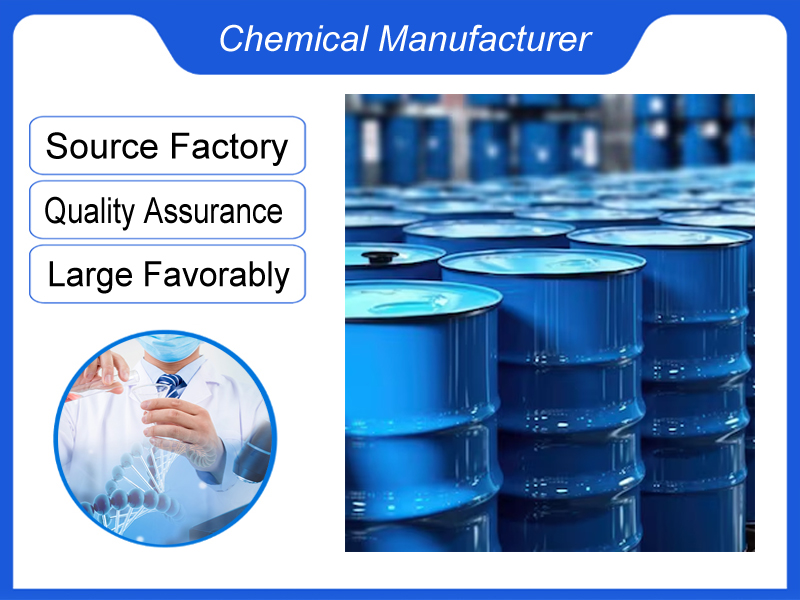
Cefepime Hydrochloride CAS 123171-59-5
We are a manufacturer based in China. We specialize in providing high-quality Cefepime Hydrochloride CAS 123171-59-5 for industrial clients across various sectors. Whether you need chemicals consultation or technical support, our team is here to help.
Category:Active Pharmaceutical Ingredients Own Brand:MT /MOQ:100KG /From China/ B2B only.
Introduction
Molecular Formula: C19H24N6O5S2,2HCl,H2O
Molecular Weight: 365.4
CAS No.: 123171-59-5
It is a fourth-generation cephalosporin antibiotic. It has good antibacterial activity against gram-negative bacteria, gram-positive bacteria and anaerobic bacteria, and also has high stability to β-lactamase , compared with the third-generation cephalosporin antibiotics, it has a broader antibacterial spectrum and antibacterial activity.
Description
It is a white or almost white, crystalline powder. It is freely soluble in water and in methanol, practically insoluble in methylene chloride.
Application
It is a broad-spectrum fungicide for Gram-positive and Gram-negative bacteria. It can be used to treat moderate to severe infections caused by the above sensitive bacteria in adults and children between 2 months and 16 years of age, including lower respiratory tract infections (pneumonia and bronchitis), simple lower urinary tract infections and complex urinary tract infections (including pyelonephritis), non-complex skin and skin soft tissue infections, complex intra-abdominal infections (including peritonitis and biliary infections), gynecological infections, sepsis, and experience with neutropenia with fever. It can also be used in children with bacterial meningitis.
Packing
25kg/bag or as customer’s requirements.
Storage
Protected from light. If the substance is sterile, store in a sterile, airtight, tamper- proof container.
Minimum Order
One package
Cefepime Hydrochloride Introduction
| Item | Details |
| Generic Name | Cefepime Hydrochloride |
| Trade Names | Maxipime, etc. |
| Classification | Fourth – generation cephalosporin antibiotic |
| Chemical Structure | Features a beta – lactam ring structure like other cephalosporins. It has additional structural modifications compared to earlier – generation cephalosporins, which contribute to its enhanced properties. The structure allows it to bind effectively to a wide range of penicillin – binding proteins (PBPs) in bacteria. |
| Pharmacological Action | Cefepime hydrochloride inhibits bacterial cell wall synthesis. By binding to PBPs in the bacterial cytoplasmic membrane, it disrupts the cross – linking of peptidoglycan chains. This weakens the cell wall, making the bacteria more vulnerable to osmotic pressure, ultimately leading to cell lysis and death. It has an extended spectrum of activity, being highly effective against both Gram – positive and Gram – negative bacteria, including many strains resistant to earlier – generation cephalosporins. |
| Clinical Applications | 1. Respiratory Tract Infections: Used to treat severe pneumonia cases, especially those caused by resistant organisms such as Pseudomonas aeruginosa. 2. Urinary Tract Infections: Effective against complicated urinary tract infections, including those caused by multidrug – resistant Enterobacteriaceae. 3. Intra – abdominal Infections: Helps in treating peritonitis, often associated with mixed bacterial infections. 4. Sepsis: Can be used to combat bloodstream infections when caused by susceptible bacteria. |
| Dosage and Administration | Administered intravenously. The dosage depends on factors like the type and severity of the infection, patient’s age, and renal function. For uncomplicated urinary tract infections in adults, a typical dose is 0.5 – 1 g every 12 hours. In more severe infections, such as sepsis, the dose can be increased to 2 g every 8 – 12 hours. |
| Adverse Reactions | 1. Gastrointestinal Effects: Nausea, vomiting, and diarrhea are common. 2. Allergic Reactions: May cause rashes, itching, and in rare cases, anaphylaxis. 3. Neurological Effects: High doses or in patients with renal impairment, it may lead to seizures. 4. Hematological Effects: Can cause transient decreases in white blood cell counts, such as neutropenia. |
If you're ready to take the next step, Leave your message below and we’ll reply soon. 20+ years of chemical manufacturing & export experience, a partner you can trust.





